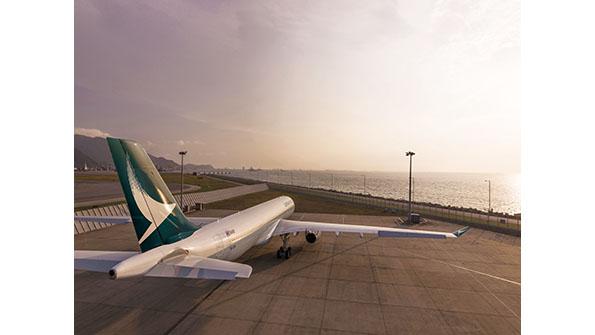
No airline, airline employee, airport or company serving the air transport industry bears fault for or could have forecast the devastation wrought by the COVID-19 pandemic. Global fear of virus transmission, border closures, quarantines and economic uncertainty have inflicted an almost unimaginable toll on this industry in terms of lost revenue, jobs and even futures.
Even so, the speed with which so many airlines, including most large legacy carriers, descended from boom to would-be bust without government aid indicates a need for a fundamental rethink of how most airlines operate and their cash balance versus cost base.
Running an airline is a high-cost business. Safety, which is every airline’s top priority, is expensive. Aircraft and everything on and in them are expensive. Fuel, even at its lower price end, is a major proportion of cost because of the volumes needed. Government taxes and airport fees can be disproportionately high. And labor is often the highest cost of all.
Government support that has been given to airlines in some, but not all, countries has been crucial to keeping them afloat through extremely difficult times. But it cannot be a long-term, recurring prop. To better prepare themselves for an extended COVID-induced economic downturn, airlines must restructure, preferably outside of a bankruptcy court. And they must put a much higher priority on building strong cash reserves.
Legacy and major airlines must also grasp that the pandemic has stripped them down to commodity level. The world’s ultra-LCCs are now in a position to offer equal or better service than the “full-service” carriers. The ultra-LCCs’ ancillary revenue model means they continue to offer the same for-sale onboard snacks, beverages and amenities they served before COVID struck. Many major carriers, meanwhile, have suspended all onboard service. Many airline club lounges, for which even high-tier customers typically pay a high fee, are closed. What’s to distinguish the full-service carrier from the ultra-LCC?
Meanwhile, the more agile, innovative and less union-controlled ultra-LCCs are turning to digitalization and technology to push costs even lower while giving customers the instant information and automation they need more than ever.
Some legacy carriers are recognizing the sweeping structural changes compelled by the pandemic and its aftermath. Cathay Pacific Group has taken the difficult but brave decision to decline a second tranche of government wage subsidies for its mainline carrier, acknowledging that what is needed now is a long-term plan to make Cathay the right size, shape and cost for what it calls “the new reality.”
All airlines are now in the new reality. Only those that adapt will survive.





